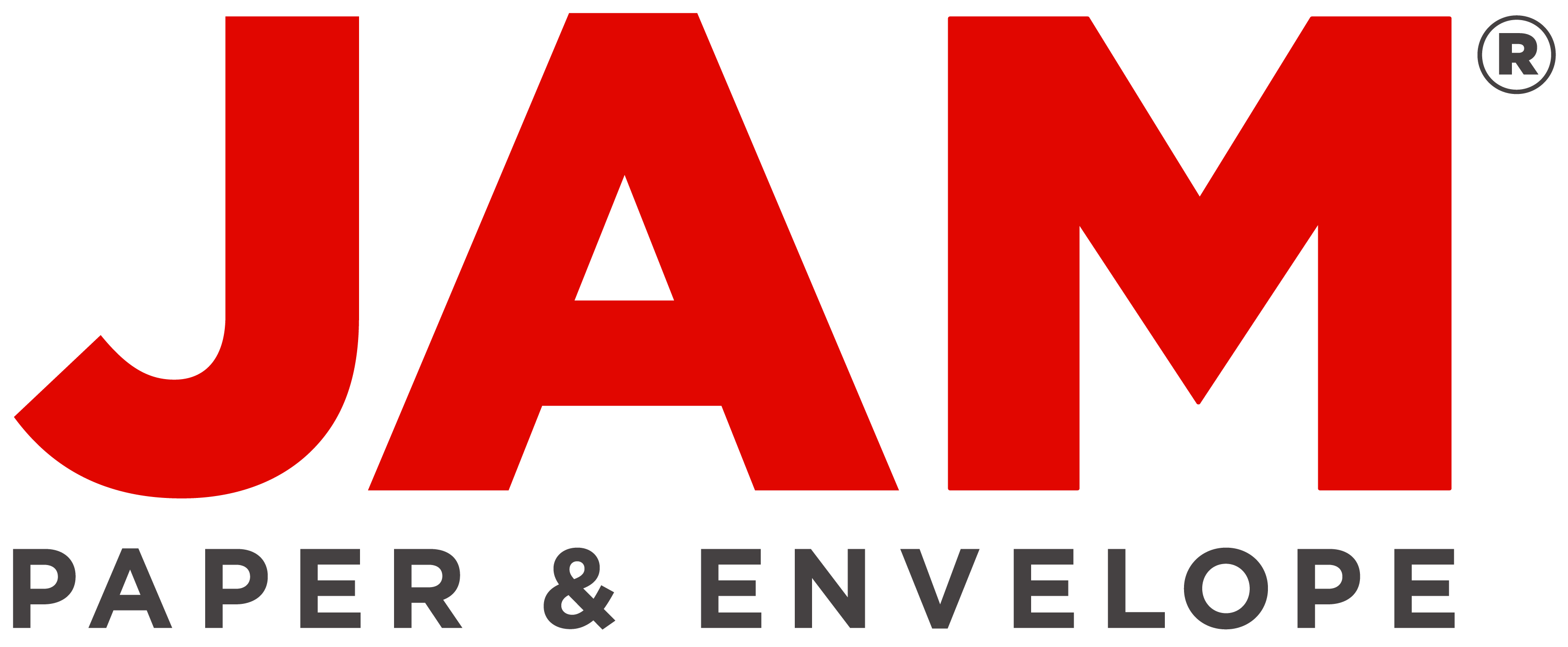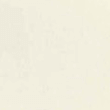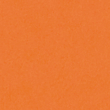Choosing the Best Pens for School
- By JAM Paper
- Jun 13, 2024
Choosing the Best Pens for School
When it comes to finding the best pens for school, it's important to consider factors such as ink quality, comfort, and durability. Students need pens that can withstand the rigors of daily use and provide a smooth writing experience. Gel pens are a popular choice for their vibrant ink and smooth flow, while ballpoint pens are known for their reliability and long-lasting ink. Additionally, consider the grip and size of the pen to ensure it is comfortable for extended writing sessions. Ultimately, the best pens for school are those that combine quality, comfort, and durability to enhance the learning experience.
The Benefits of Using Quality Pens
Using quality pens can have a significant impact on a student's academic performance. Quality pens provide a consistent and smooth writing experience, reducing hand fatigue and improving handwriting. Additionally, pens with high-quality ink are less likely to smudge or bleed through paper, ensuring neat and legible notes. Investing in quality pens also promotes environmental sustainability, as they are often refillable and have longer lifespans, reducing the need for disposable plastic pens. Overall, the benefits of using quality pens extend beyond the classroom, making them a worthwhile investment for students.
Use Cases for Different Types of Pens
Different types of pens have unique use cases that cater to specific writing needs. Gel pens are ideal for creating colorful and expressive notes, while ballpoint pens are suitable for everyday writing tasks. Rollerball pens offer a balance between the smoothness of gel pens and the reliability of ballpoint pens, making them versatile for various writing styles. Additionally, fountain pens are favored for their elegant and sophisticated writing experience, making them a popular choice for formal occasions and artistic endeavors. Understanding the use cases for different types of pens can help students choose the right tool for the task at hand.
Exploring Alternatives to Traditional Pens
While traditional pens are a staple for school, there are alternative writing instruments that offer unique benefits. Mechanical pencils provide the precision of a pen with the convenience of a pencil, allowing for erasable and precise writing. Highlighters are essential for marking important information in textbooks and notes, aiding in effective studying and information retention. Additionally, brush pens offer a creative outlet for artistic expression and calligraphy, adding a touch of flair to school projects and presentations. Exploring alternatives to traditional pens can enhance the writing and learning experience for students.
Tips for Using Pens Effectively
Using pens effectively involves proper maintenance and mindful writing habits. Store pens in a case or pouch to prevent damage and loss, ensuring they are readily available when needed. Avoid pressing too hard when writing, as it can cause ink to bleed and lead to hand fatigue. Additionally, regularly clean and refill pens to maintain optimal performance and longevity. When not in use, cap pens to prevent ink from drying out and ensure they are always ready for writing. Following these tips can help students make the most of their pens and prolong their lifespan.
Choosing Eco-Friendly Pens for Sustainable Practices
As environmental consciousness grows, the demand for eco-friendly pens has increased. Eco-friendly pens are made from sustainable materials such as recycled plastic or biodegradable components, reducing their environmental impact. Refillable pens also contribute to sustainability by minimizing plastic waste from disposable pens. Furthermore, some pens are designed with water-based ink that is non-toxic and safe for the environment. Choosing eco-friendly pens aligns with sustainable practices and promotes a greener approach to writing and learning.
















